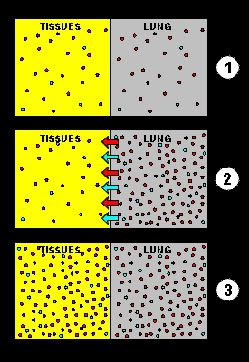debajo agua
Contributor
Hi All,
Okay, so far, when I've asked this question, the answer I received is, "technically you're right but we don't do that." End of story. So I'm going to ask it here:
Let say for example, for what ever reason, on the first dive you exceed your no-deco limits and don't have enough air to make the proper deco stop at 20 feet. During a short surface interval, say one hour, no signs or symptoms of the bends manifest, but you're still worried. So rather than risking a trip, to the closes hospital with a deco chamber that evening, you decide to take a second dive at, say 35 feet, re-compress and breathe off all of the residual nitrogen for 30 minutes or more.
I know that there's risk involved with this scenario, but given safety factors that all no-deco algorithm use, how risky is it?
One more thing, let's say e.g. that you didn't exceed the deco limits on your first dive but you exceed your ascension rate. Would re compression at a shallower depth, say 35 feet again, give you a better chance of avoiding the bends?
I believe this is one of those questions that instructors are obliged to tell their students, "Don't even think about it Buddy!" but something that many might do, if they found themselves in a similar situation.
Am I totally wrong on this one? If so, why?
Okay, so far, when I've asked this question, the answer I received is, "technically you're right but we don't do that." End of story. So I'm going to ask it here:
Let say for example, for what ever reason, on the first dive you exceed your no-deco limits and don't have enough air to make the proper deco stop at 20 feet. During a short surface interval, say one hour, no signs or symptoms of the bends manifest, but you're still worried. So rather than risking a trip, to the closes hospital with a deco chamber that evening, you decide to take a second dive at, say 35 feet, re-compress and breathe off all of the residual nitrogen for 30 minutes or more.
I know that there's risk involved with this scenario, but given safety factors that all no-deco algorithm use, how risky is it?
One more thing, let's say e.g. that you didn't exceed the deco limits on your first dive but you exceed your ascension rate. Would re compression at a shallower depth, say 35 feet again, give you a better chance of avoiding the bends?
I believe this is one of those questions that instructors are obliged to tell their students, "Don't even think about it Buddy!" but something that many might do, if they found themselves in a similar situation.
Am I totally wrong on this one? If so, why?





